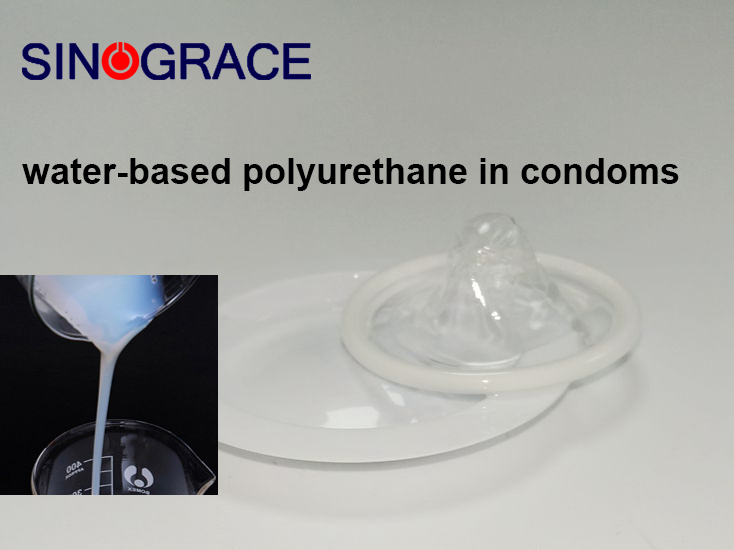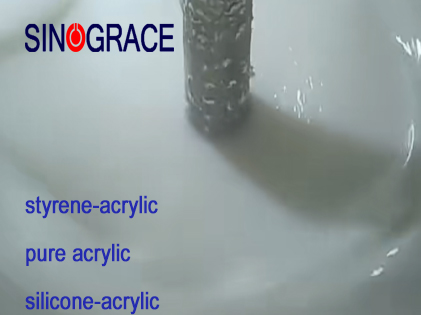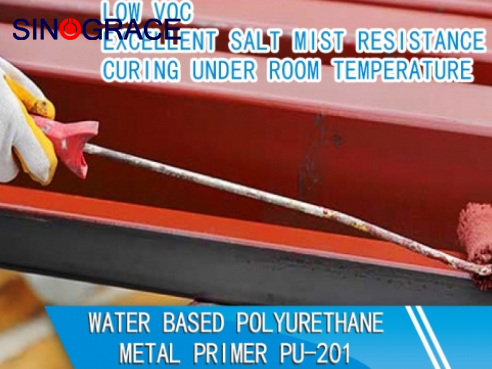What are the differences between white and translucent water-based polyurethane resins?
The main differences between the milky white and translucent states of water-based polyurethane resins are as follows: Microscopic Structure • Different particle size: The average particle size of polyurethane particles in milky white water-based polyurethane resin is greater than 0.1 μm; the particle size of translucent water-based polyurethane resin is between 0.001 and 0.1 μm. • Different molecular aggregation states: The molecular aggregation state of milky white resin may be relatively loose, with a relatively disordered arrangement of molecules and many scattering centers; the molecular aggregation state of translucent resin is relatively regular, with more ordered intermolecular interactions and arrangements, and relatively fewer scattering centers. Macroscopic Properties • Differences in optical properties: Due to the larger particle size, milky white water-based polyurethane resin has a strong light scattering effect, resulting in an opaque milky white appearance; the smaller particle size of translucent resin results in weaker light scattering, allowing some light to pass through, thus appearing translucent. • Differences in film formation: Generally, milky white water-based polyurethane resin may have a certain degree of haze after film formation, with relatively low transparency, but possibly better hiding power; translucent water-based polyurethane resin has higher transparency after film formation, better showcasing the original color and texture of the coated object. • Different stability: Translucent water-based polyurethane resin has a smaller particle size, larger specific surface area, and higher surface energy, making it more susceptible to external factors during storage and use, potentially leading to aggregation or deterioration; milky white water-based polyurethane resin is relatively more stable. Formulation and Synthesis Process Aspects • Different hydrophilic component content: The more hydrophilic components the resin contains, the finer the particle size of the emulsion, and the more translucent it becomes. Therefore, milky white water-based polyurethane resins have a relatively low content of hydrophilic components, while translucent resins have a relatively high content of hydrophilic components. • Differences in synthesis process: During the synthesis process, process parameters such as stirring speed, temperature, and reaction time affect the particle size and appearance of the resin. Generally, the more vigorous the stirring, the finer the emulsion particles, and the more likely it is to appear translucent. We research, develop, produce, and sell various acrylic emulsions, water-based polyurethane dispersions, etc., which are applied in packaging lamination, water-based coatings, wood coatings, water-based metal anti-corrosion paints, single and double component water-based plastic paints, leather finishing agents, printing inks and varnishes, water-based composite ink adhesion, laminating adhesives, film adhesiv...
read more

 English
English français
français русский
русский español
español العربية
العربية








